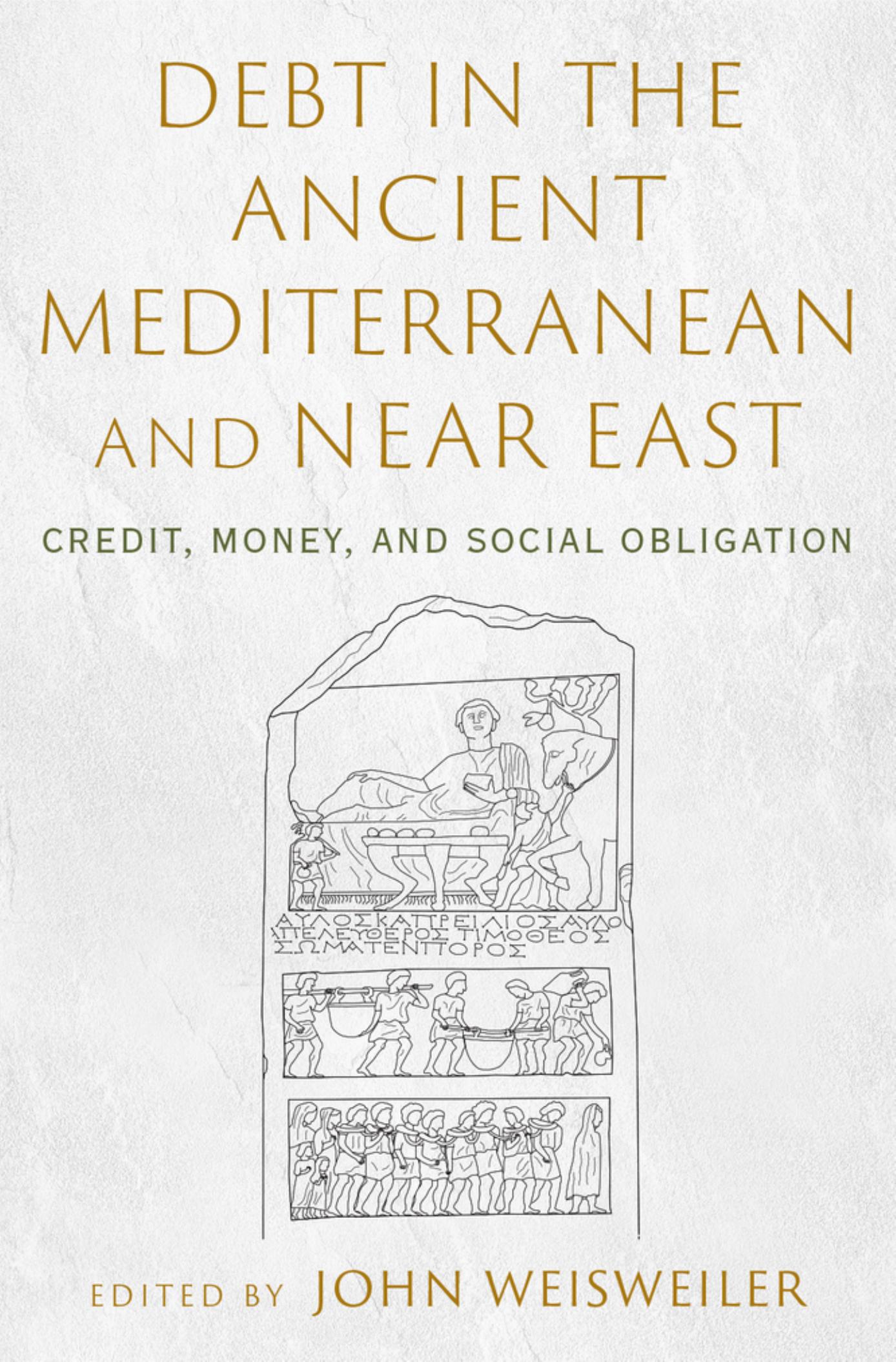Debt in the Ancient Mediterranean and Near East by John Weisweiler;

Author:John Weisweiler;
Language: eng
Format: epub, pdf
Publisher: Oxford University Press USA
Published: 2022-01-15T00:00:00+00:00
9
Debt, Debt Bondage, and the Early Islamic Economy
Michael Bonner
readers of debt: The First 5,000 Years know that the premodern Islamic world had a central role in a series of global developments in the economic sphere. They also have an idea of the Islamic worldâs capacity and creativity, for instance, in technological advances that included sophisticated financial instruments and in sustaining fiscal bureaucracies that rivaled those of the Chinese (Graeber 2014: 271â305). But what role did Islam itself have in all this? By this I refer, of course, to the religion of Islam but also to political, juridical, and cultural frameworks and institutions that we are accustomed to calling âIslamicâ even when they are not, strictly speaking, religious.1 How did the coming of Islam change things in places such as Egypt, Syria, Iraq, and Iran that already had millennia of experience of bureaucratized administration and were utterly familiar with markets and merchants? What âvalue addedâ did Islam actually bring to the Near Eastern economy in a broad sense?
For some time now, a number of writers have portrayed the arrival of Islam as an economic liberation for the entire region. According to this view, Islam freed marketplaces from the stifling embrace of imperial governments and encouraged a flourishing of trade and production such as the world had rarely, if ever, seen (Lombard [1971] 2014). Taking things further, some scholars have described the commercial economy of early Islam as a precursor of the capitalist one of early modern Europe.2 It has now become relatively commonplace to say not only that Muhammad was a merchant, as everyone knows, but that he became a kind of prophetical CEO, running his state enterprise according to sound business principles (Koehler 2014) and, more broadly, that Islam is utterly pro-business and pro-market, without all the woes of inequality and instability that result from the secular discourses and practices exerting global hegemony nowadays. These and similar views have led to difficulties for some modern Muslim intellectuals (Tripp 2006). But for now we may simply note that the early Islamic economy is a consequential topic for our time.
Here, I propose to examine certain aspects of debt, including debt bondage, in the Near East during the rise and early expansion of Islam (the seventh and eighth centuries of the Common Era, the first two of the Hijra), for while historians have largely neglected this topic, I think it can improve our understanding of the broad issues just outlined. However, I propose to set aside questions, however timely, over Islamâs âmodernâ elements and its possible role as a harbinger of modernity and to concentrate instead, to the extent possible, on circumstances and events of the early Islamic period itself.
We begin with a brief outline of the source materials available to us for the first two centuries of Islamic history. These materials fall, broadly speaking, into two main categories. The first consists of objects that originated in those times and places, including coins, inscriptions, and documents written on papyrus and other materials. In
Download
Debt in the Ancient Mediterranean and Near East by John Weisweiler;.pdf
This site does not store any files on its server. We only index and link to content provided by other sites. Please contact the content providers to delete copyright contents if any and email us, we'll remove relevant links or contents immediately.
| Central Africa | East Africa |
| North Africa | Southern Africa |
| West Africa | Algeria |
| Egypt | Ethiopia |
| Kenya | Nigeria |
| South Africa | Sudan |
| Zimbabwe |
Goodbye Paradise(2980)
Men at Arms by Terry Pratchett(2410)
Tobruk by Peter Fitzsimons(2068)
Pirate Alley by Terry McKnight(1911)
Arabs by Eugene Rogan(1841)
Borders by unknow(1792)
Belonging by Unknown(1474)
The Biafra Story by Frederick Forsyth(1329)
It's Our Turn to Eat by Michela Wrong(1307)
Botswana--Culture Smart! by Michael Main(1240)
A Winter in Arabia by Freya Stark(1226)
Gandhi by Ramachandra Guha(1198)
Coffee: From Bean to Barista by Robert W. Thurston(1184)
Livingstone by Tim Jeal(1154)
The Falls by Unknown(1143)
The Source by James A. Michener(1139)
The Shield and The Sword by Ernle Bradford(1103)
Egyptian Mythology A Fascinating Guide to Understanding the Gods, Goddesses, Monsters, and Mortals (Greek Mythology - Norse Mythology - Egyptian Mythology) by Matt Clayton(1090)
Africa: Altered States, Ordinary Miracles by Richard Dowden(1080)
